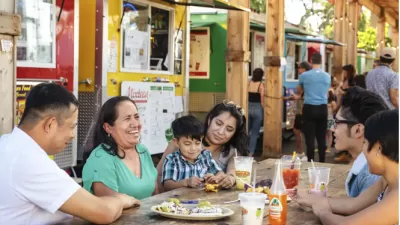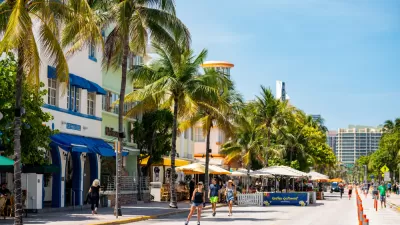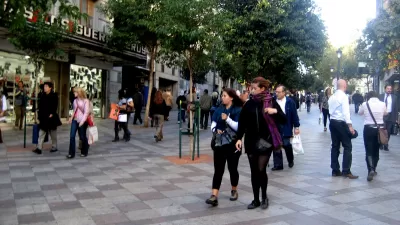COVID-19 restrictions have highlighted the importance of abundant, multi-use open spaces accessible to all.
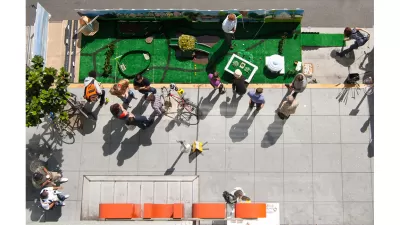
Of the many profound changes experienced by cities in 2020, writes John King, the most meaningful might be the "realization of the importance of public space in all its forms, as well as heightened expectations of what such spaces should provide." From public seating to pocket parks to vast open spaces, the restrictions on indoor(and many outdoor) activities highlighted the need for safe, accessible, and abundant public spaces.
"In a July survey conducted by the East Bay Regional Parks District, more than 20% of the respondents said they visit one of the district’s 73 parks 'weekly,' four times the amount recorded in 2019." Public spaces also took on unexpected uses, including parking lots transformed into dining spaces, vacant lots turned into COVID-19 testing sites, and parks used to distribute free food and necessities. Phil Ginsburg, general manager of San Francisco’s Recreation and Park Department, told the San Francisco Chronicle, "parks are not luxuries or sweet amenities — they’re essential infrastructure."
But some warn against "knee-jerk" reactions from city planners and officials who assume, for example, that restrictions on cars are "an absolute good." Oakland's Slow Streets program received such criticism for its expedited implementation and lack of adequate public outreach. Oakland architect June Grant argues that plans must be made at the neighborhood level, where local users know how they use their local roads and public spaces. Ryan Russo, director of Oakland’s Department of Transportation, admits that the city's policies have often failed to reflect the experiences of underrepresented communities. "It’s too easy to listen to voices that reflect your own experiences. We need to stay in conversation with the community."
FULL STORY: As we kept space from one another, our public spaces revealed their new uses

Planetizen Federal Action Tracker
A weekly monitor of how Trump’s orders and actions are impacting planners and planning in America.
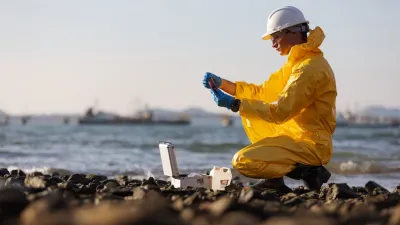
USGS Water Science Centers Targeted for Closure
If their work is suspended, states could lose a valuable resource for monitoring, understanding, and managing water resources.

Congress Moves to End Reconnecting Communities and Related Grants
The House Transportation and Infrastructure Committee moved to rescind funding for the Neighborhood Equity and Access program, which funds highway removals, freeway caps, transit projects, pedestrian infrastructure, and more.

Poor Conditions in Mobile Home Parks Put Residents at Risk
Failing infrastructure, poor water and air quality, and predatory owners endanger the health of manufactured home residents, many of whom are elderly and low-income.

How Complete Streets Stands to Lose in the FY26 ‘Skinny Budget’
The President’s proposed budget could cut key resources for active transportation, public transit, and road safety programs.

Dairy Queen and Rural Third Places
Dozens of Dairy Queen restaurants across Texas are closing, taking a critical community space with them.
Urban Design for Planners 1: Software Tools
This six-course series explores essential urban design concepts using open source software and equips planners with the tools they need to participate fully in the urban design process.
Planning for Universal Design
Learn the tools for implementing Universal Design in planning regulations.
City of Moorpark
City of Tustin
Tyler Technologies
City of Astoria
Transportation Research & Education Center (TREC) at Portland State University
Chaddick Institute at DePaul University
Regional Transportation Commission of Southern Nevada
Toledo-Lucas County Plan Commissions


























